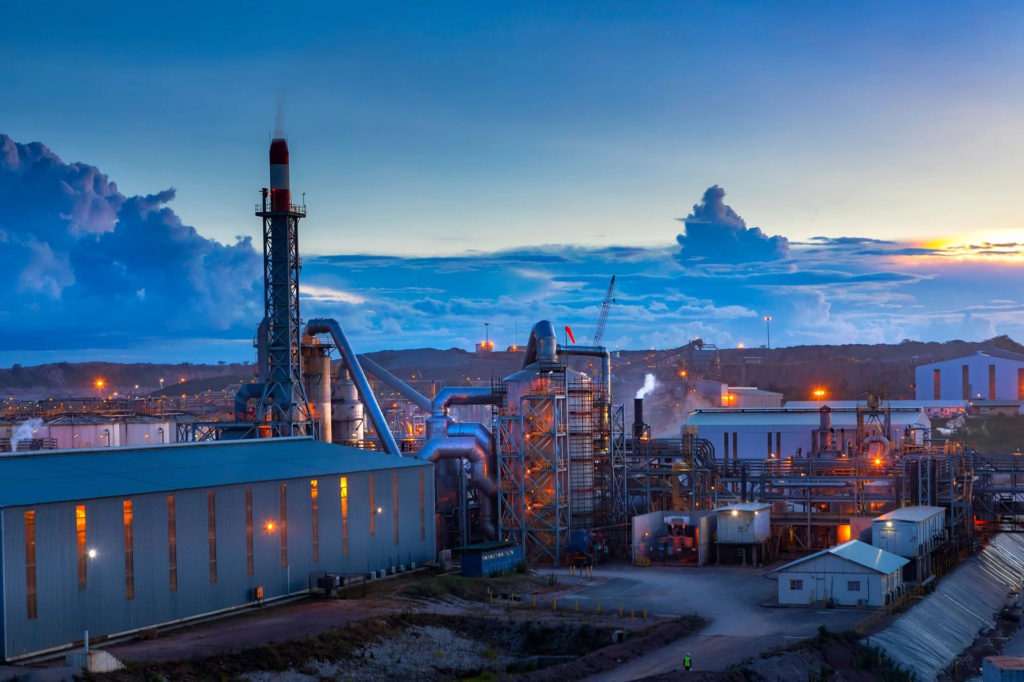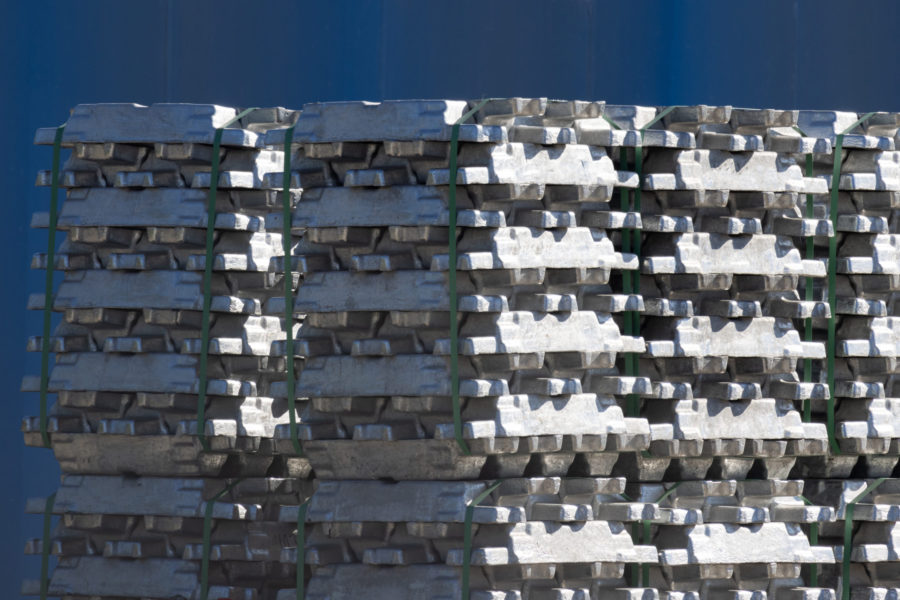China’s CMOC eyes further growth in Congo and beyond after taking cobalt crown

Chinese mining firm CMOC Group could buy more assets in copper and cobalt-rich Democratic Republic of Congo, and sees further potential for growth in South America and Indonesia, an executive told Reuters on Wednesday.
“If there are opportunities, if there are assets that meet our criteria, of course we do consider increasing our presence in the DRC. Why not? We already have investments,” Julie Liang, CMOC vice president for ESG, said in an interview on the sidelines of the Africa Mining Indaba.
Copper and cobalt are among the metals that are expected to see strong demand in the years to come due to their use in green technologies, such as electric vehicles, that are key to helping governments globally meet climate targets.
CMOC last year became the world’s No. 1 cobalt mining company with production of some 55,000 tons, and could further outpace rivals including Glencore after raising its output forecast this year to 60,000 tons-70,000 tons.
The group’s copper production is projected at 520,000 tons-570,000 tons from about 420,000 tons last year. In the long run there is potential to further increase production beyond 600,00 tonnes, Liang said.
“We do have ambitions to become one of the biggest copper producers in the world,” she said. CMOC’s current 2024 forecasts would put it seventh or eighth in the world this year.
Like other copper producers in DRC, CMOC is struggling with electricity shortages and issues shipping the metal to ports.
But Chinese cobalt producers have seemed unconcerned by oversupply that has knocked down cobalt prices, with some said to benefit from state support for a sector seen as vital to China’s electric vehicle industry.
The copper deposits held by CMOC’s Congolese business are lower cost than some, Liang said, which allows it to ramp up cobalt production as a by-product even as rivals are scaling down due to a price slump.
CMOC is likely to churn out even more cobalt as it ramps up copper output, she added.
Silvery-blue cobalt was once seen as an indispensable element of EV lithium-ion batteries, with prices soaring in May 2022 to four-year highs, but they have since slipped back nearly 70%.
EV sales have been slowing as inflation hits consumers and governments cut subsidies, while batteries without the mineral have been rising in popularity.
While the company sees lower cobalt prices remaining for longer, its production is aligned to longer-term demand fundamentals that could benefit from the future outlook for the energy transition sectors globally, Liang said.
Short-term weakness in cobalt prices does not represent a threat to its operations, she said, as it mines the metal as a by-product and can afford to keep producing at lower prices.
(By Felix Njini and Veronica Brown; Editing by Jan Harvey)
More News
{{ commodity.name }}
{{ post.title }}
{{ post.date }}



Comments